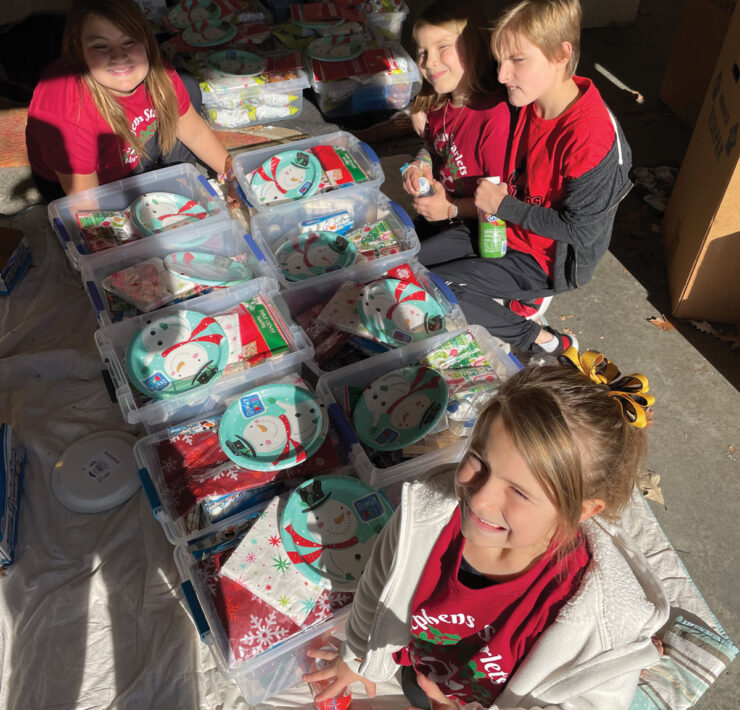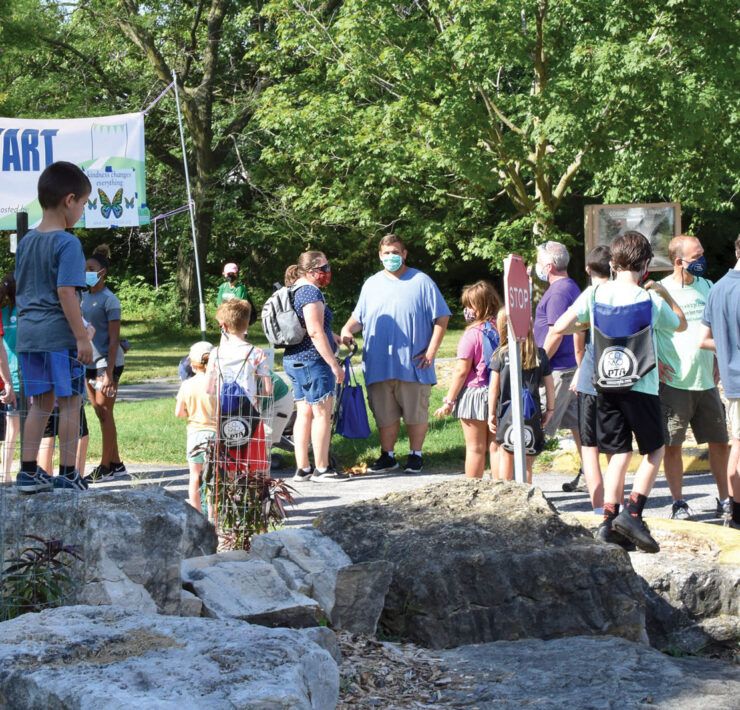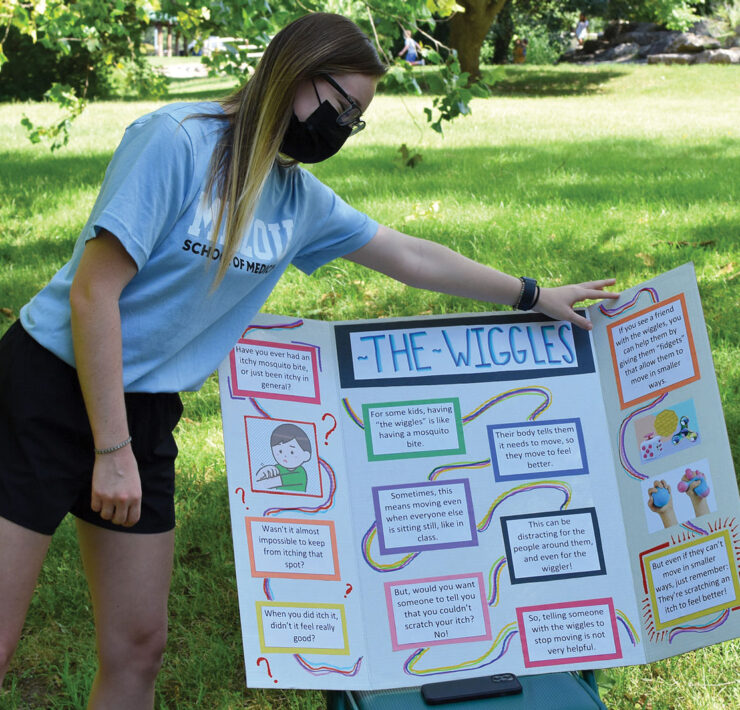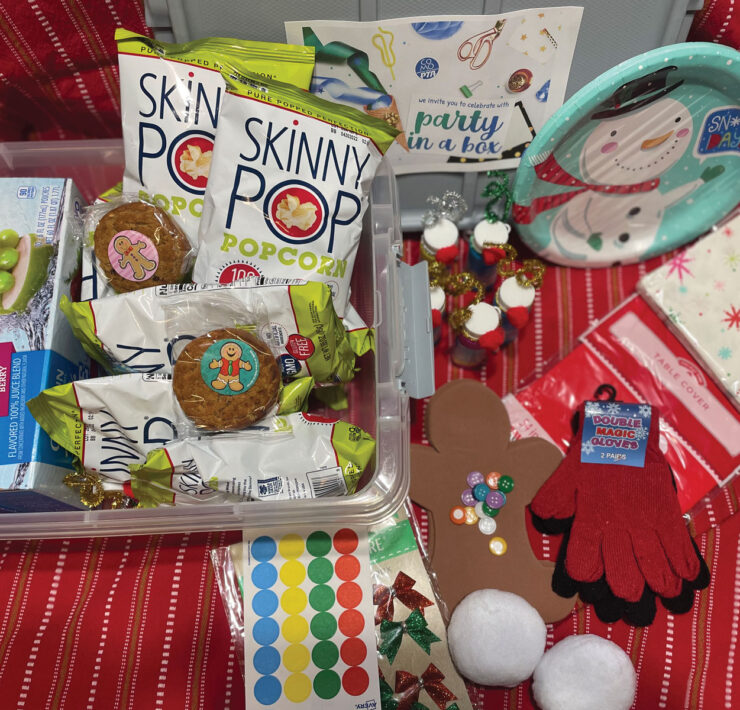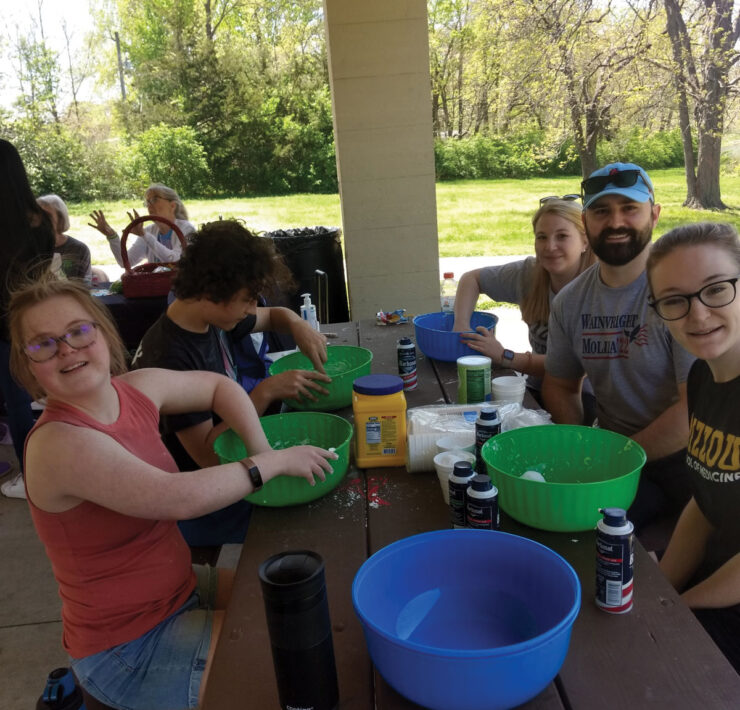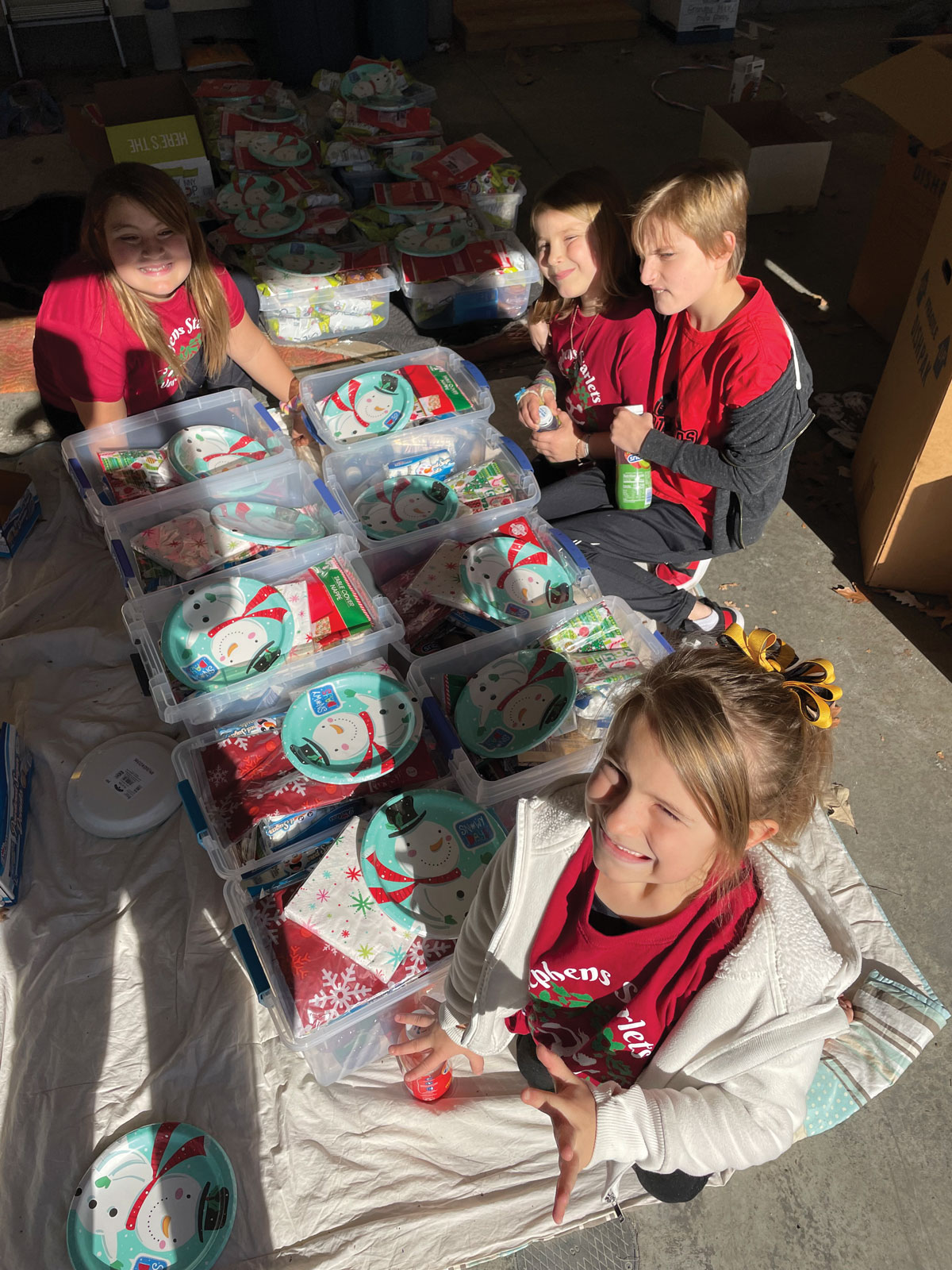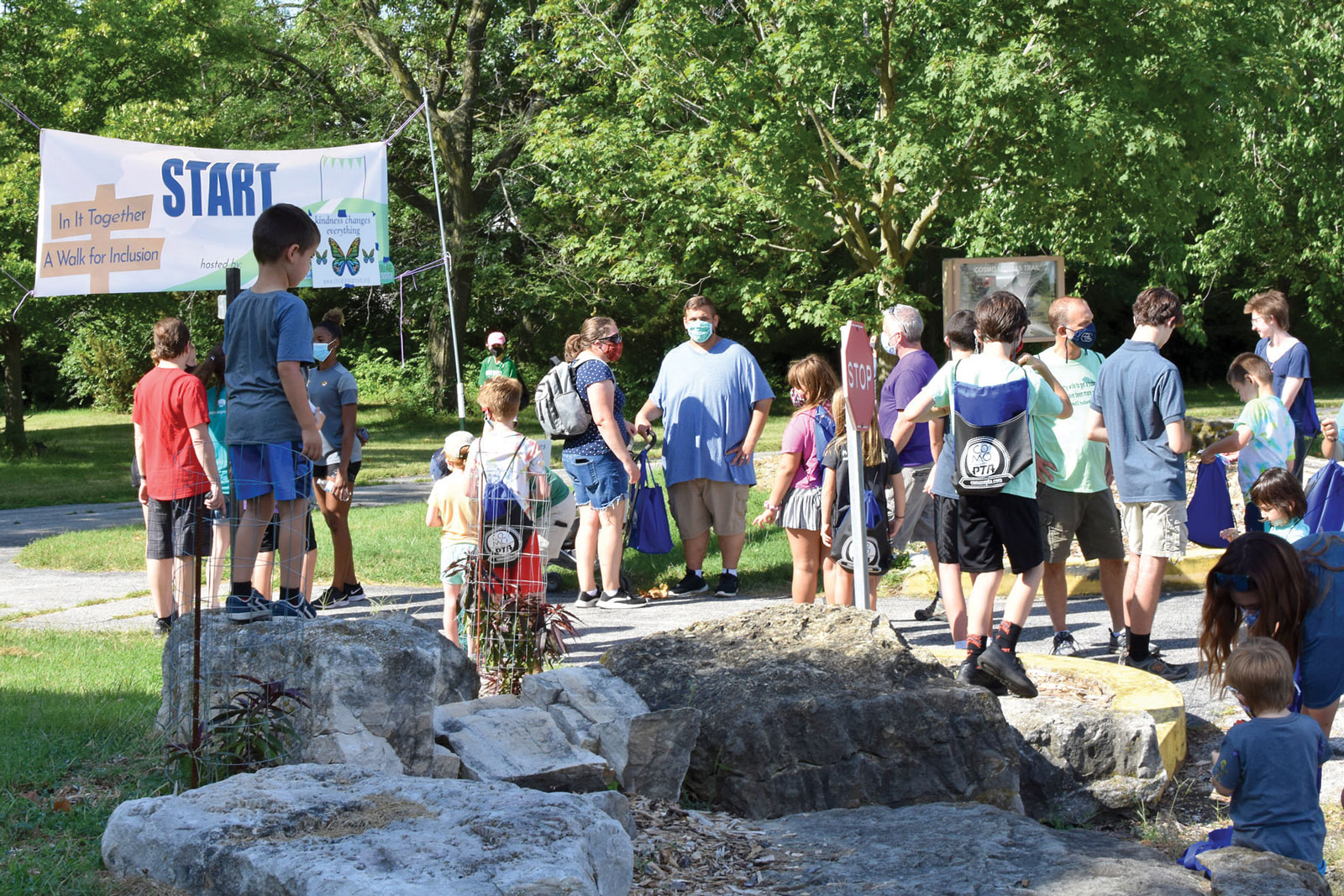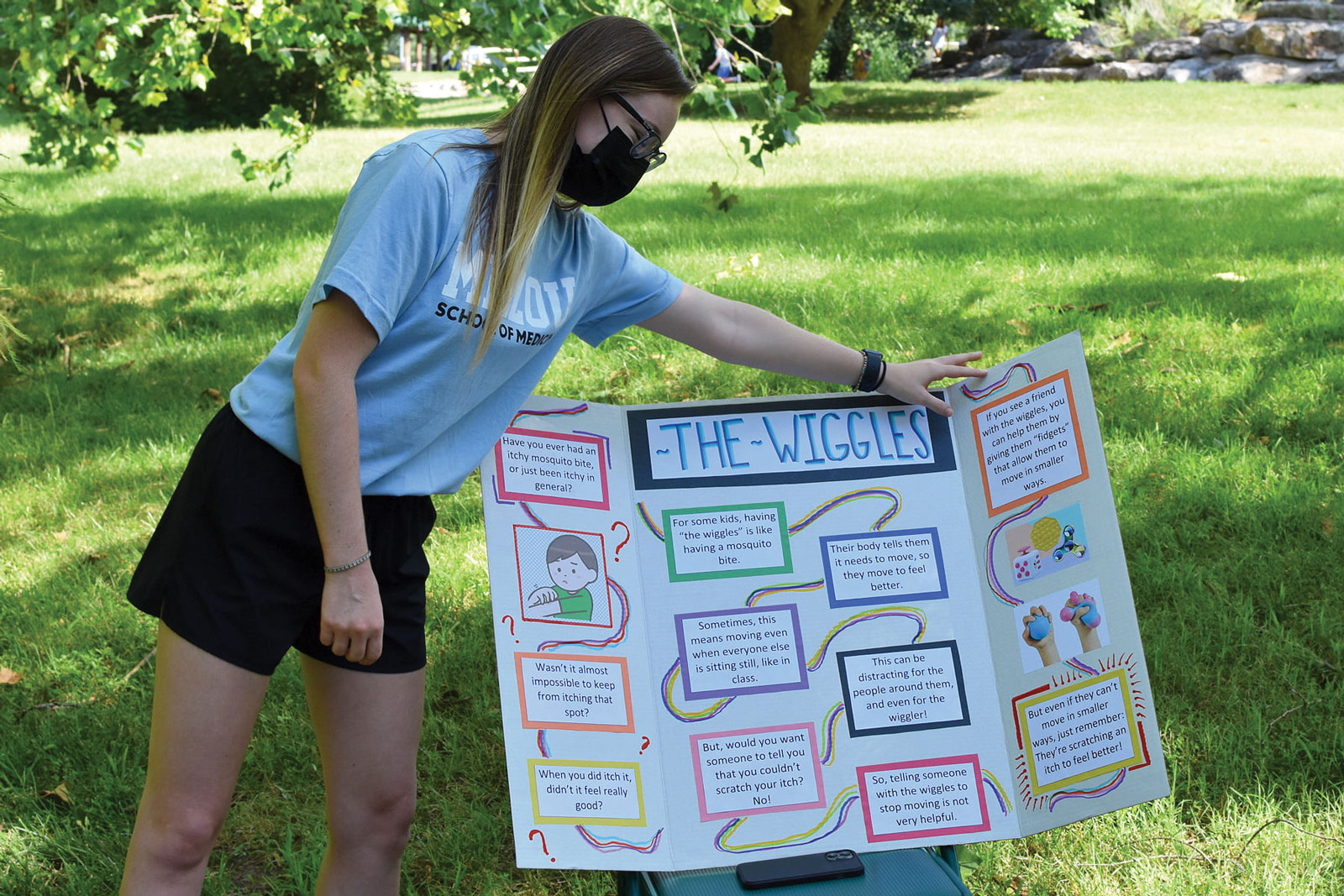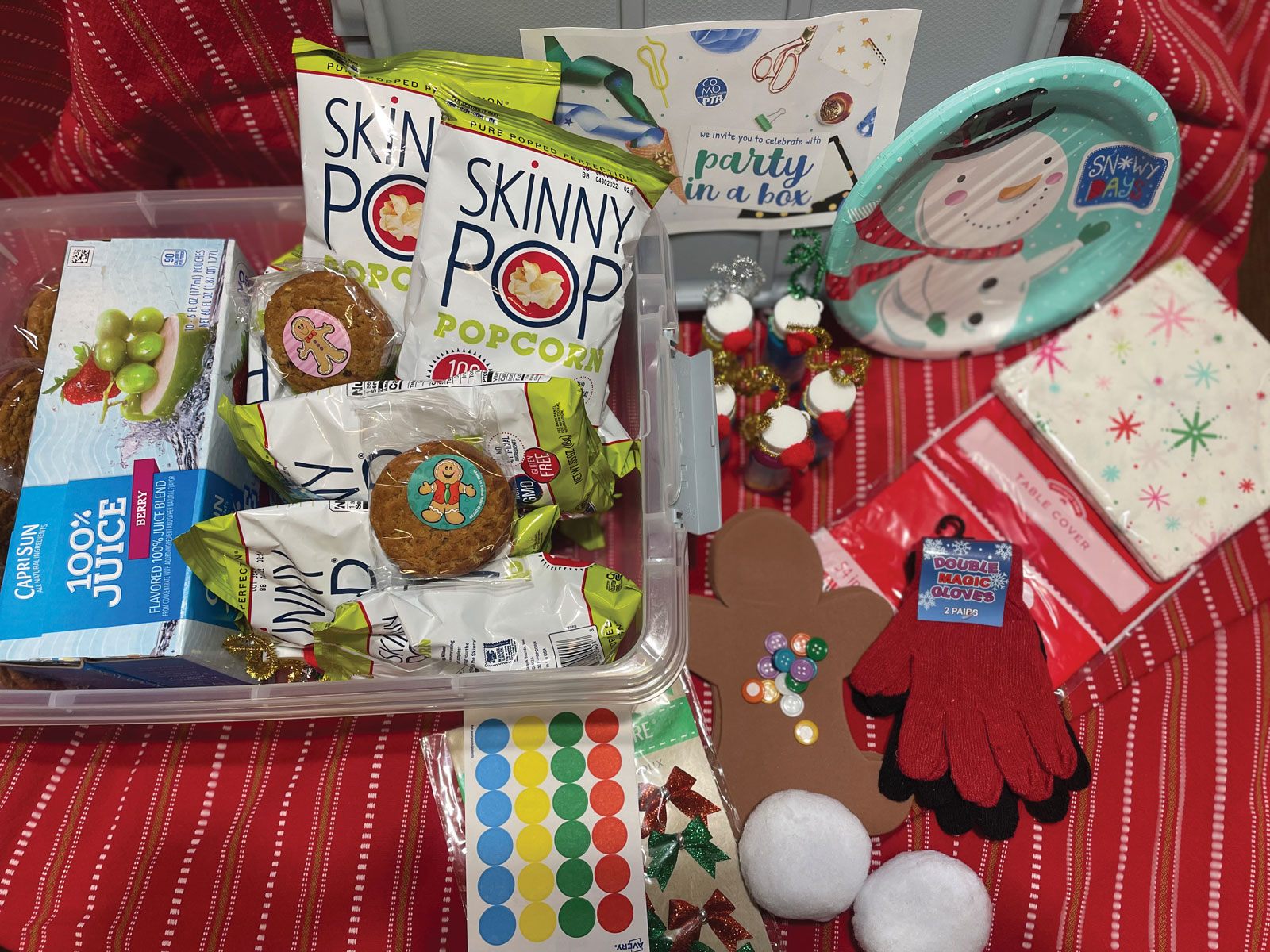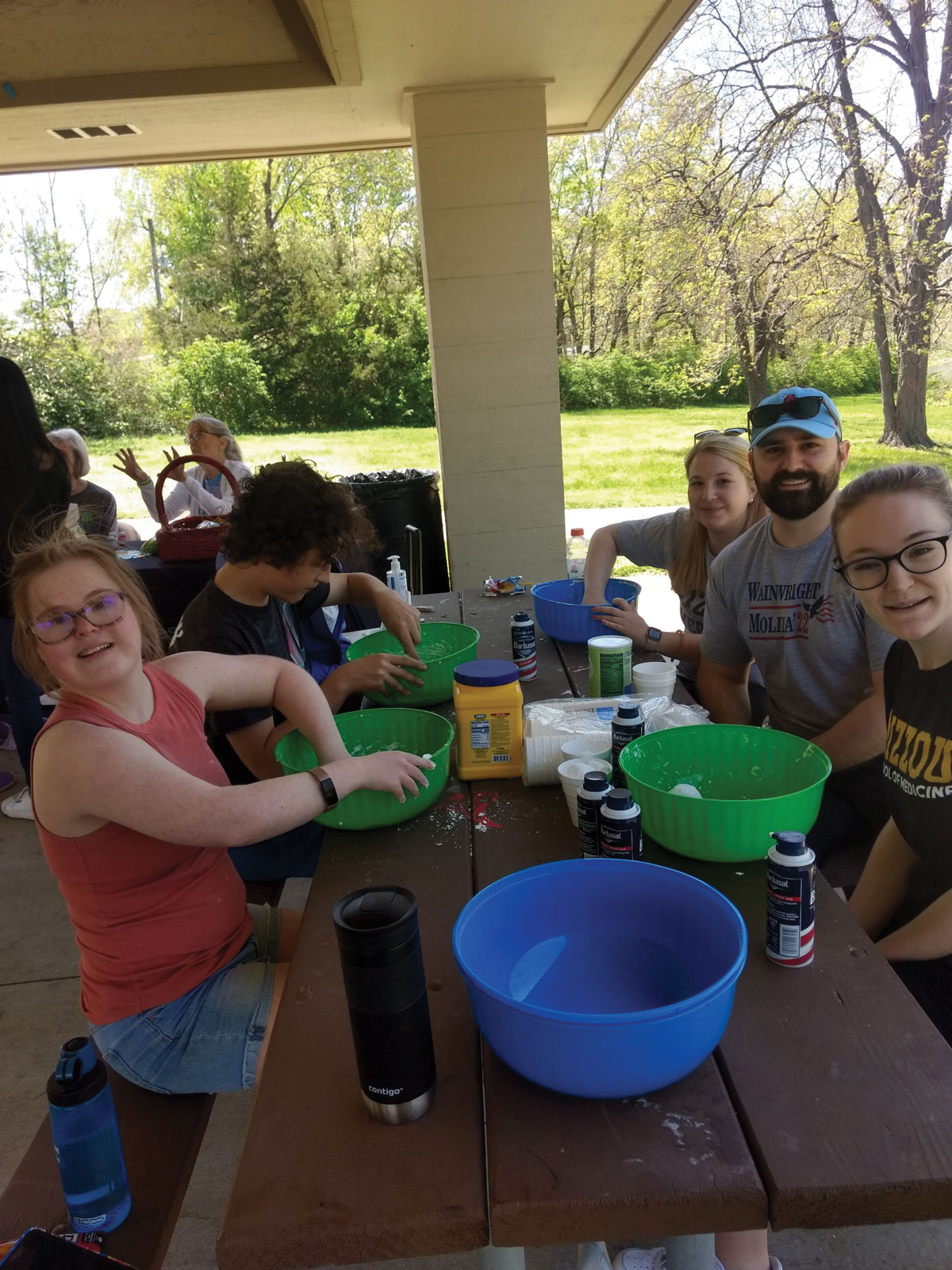Supporting the Special Needs Student Population
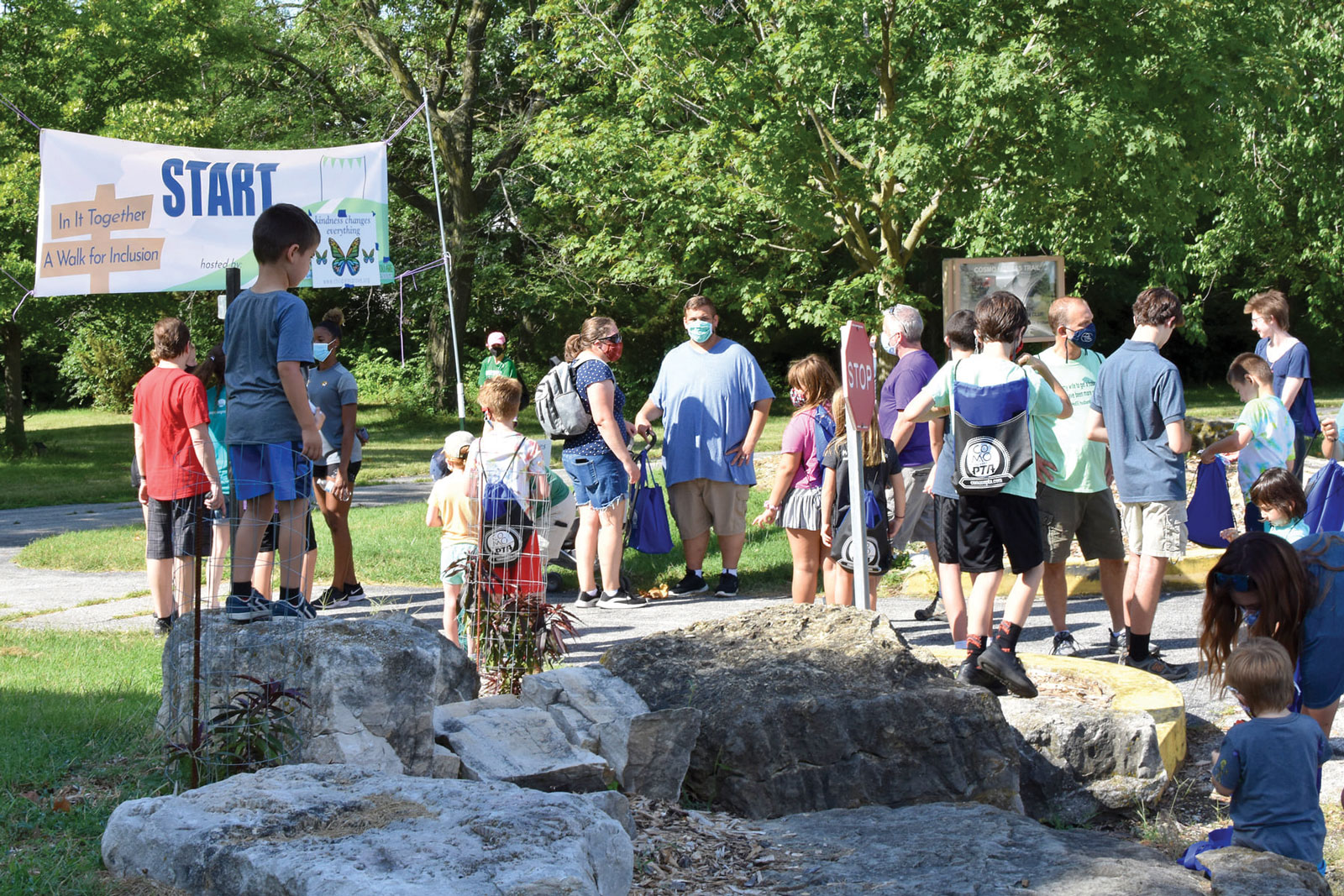
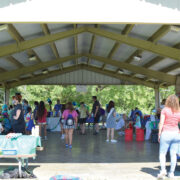
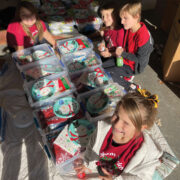
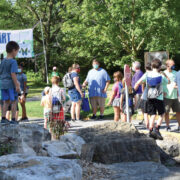
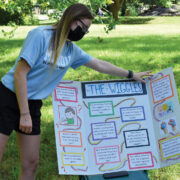 +3
+3 Supporting the Special Needs Student Population
Supporting the Special Needs Student Population
Supporting the Special Needs Student Population
Supporting the Special Needs Student Population
CoMO SEPTA Advocates for Inclusivity.
If you are the parent of a school-aged child, there’s a good chance you’re familiar with your school’s Parent Teacher Association, if it has one.
Until recently, there wasn’t a PTA option for the parents and teachers of special education students in the Columbia Public School system. The creation of CoMO SEPTA (Columbia Special Education Parent Teacher Association) changed that. The 501c(3) organization serves the entire CPS system.
“We were founded in 2018 by Michelle Ribaudo,” CoMO SEPTA president Amie VanMorlan says.
Michelle is an education advocate for the Missouri Disability Empowerment Foundation, an advocacy lobby that seeks to empower those with disabilities; SEPTA was created as a special project of MoDE.
“Basically, it was a group of [special education] moms who wanted to create a more accepting and inclusive environment for our kids. Michelle was our first president,” Amie says. “We want to appreciate, support and thank our [special education] teachers.”
“Also, [we want] to help parents know it’s okay to have a place at the table,” SEPTA vice president Molly Meyers says.
Both women are mothers to sons with special needs.
Amie, a founding member of CoMO SEPTA, is a pediatric endocrinologist, and her son, Damien, who is 16 and a freshman at Rock Bridge High School, was born with a genetic condition called Fragile X syndrome. Damien is not able to produce a protein needed for brain development, and as a result, has behavioral issues, learning disabilities, and struggles in overly sensory environments.
Molly, a stay-at-home mom to four children 11 years old and younger, is also a part-time Pilates instructor, and communications specialist for Kindred Collective — a healing, wellness and expressive arts center in Columbia.
“Will, 11, is my link into special education,” Molly explains. “Will is missing a third of the middle portion of his brain. He has partial agenesis of the corpus callosum. This means we have to really teach him how to motor plan: to have the right side of the brain to communicate with the left side. He is classified as globally delayed. He reaches most of his milestones, he’s just delayed in doing so. He could speak a few words at 4, and he didn’t walk on his own until 4. But now he’s in the fifth grade, and you can have a good two-way conversation with him.”
SEPTA’s mission is “to bring together those who support and celebrate the students who access special education services in the area. We hope to foster closer relations between home and the schools, provide workshops for parent education, help make events more inclusive for all, and recognize and support those who work hard for our students.”
SEPTA works with medical, dental, and pre-occupational therapy students, who help with parent education while also gaining valuable insight into the special needs patient population.
“SEPTA Science is a program in which we work with the medical students to come up with a science project for our kids, and the medical students are learning a lot about the kids, too,” Amie says.
Understanding the Need
About 9.8 percent of CPS students were in special education in the 2019-20 school year — that’s nearly 1,900 students. Missouri recognizes 16 different categories of disability that qualify a student for special education. These range from sensory deficits, such as vision or hearing impairment, to an array of often overlapping intellectual and developmental disabilities, such as autism, Down syndrome, and fetal alcohol syndrome.
Students deemed eligible for special education based on those categories approach learning via an IEP, an Individualized Education Plan, which acts as a customized roadmap to learning for each student.
Many special education students learn in a “district classroom,” often with students in different grade levels, each of whom is following their own IEP. It’s a lot for a teacher to juggle, which is why each of these students has multiple staffers seeing to their needs, including case managers, learning specialists, physical/occupational/speech therapists, educational diagnosticians, school psychologists, and more.
It truly takes a village, which makes trust and communication between home and school crucial.
SEPTA facilitates that communication by “inviting community experts to speak at our meetings,” Molly explains. “We might have someone who deals with sensory regulation, like an occupational therapist, or a behavioral specialist from the Thompson Center [for Autism and Neurodevelopment], or a nutritionist for picky eaters. We have IEP trainings to help parents understand how IEP [works], which is crucial to how a child learns. We have a closed Facebook group for members, where we post educational videos.”
“I think special education is a calling, it takes a really special person who wants to help people,” Aimee says. “I think the teachers are amazing because they’re so compassionate and understanding, but it’s also important that they push the kids to their maximum potential, and hold them accountable for their actions, because in the end, they have to be functioning members of society.”
Amie says the teachers are practically family, because the children spend as much time or more with them during the school year. Molly considers the teachers to be “co-parents.”
Advocating for Kindness and Inclusivity
If you’re a parent, you’ve likely felt a steep learning curve at times. The role of a parent can feel challenging, isolating, and worrisome — and you’ve probably wished a time or two for the world to be a kinder, gentler place for your child. Having a child with special needs can often amplify these feelings. So, SEPTA decided to “be the change” by creating kindness themselves.
“Inclusion and being a kind person is really big for us,” Molly says. “One thing we do every year is Chalk the Walk. At the beginning of the school year — we do it the night before Jump Start Day for middle and high school — we chalk kindness messages at every school in Columbia. We host it, but we work with the school PTAs and the community [to put it together]. A small act of kindness can make a difference for anybody.”
Another way SEPTA works to educate the community at large is through its biggest annual fundraiser, In It Together, A Walk for Inclusion. Every fall at the start of the school year (this year it was Sept. 10 at Cosmo-Bethel Park), “Medical students choose topics to do a poster presentation on that’s easy to understand for all ages, and we place those around the walk so people can learn about them as they go to experience when sounds are overstimulating, or what it’s like to be hearing impaired or be in a wheelchair,” Amie says.
Besides a small annual membership fee, funding for SEPTA relies heavily on the walk, a few grants, and selling t-shirts, in part to help with special initiatives for teachers. Membership currently is open via their website to special education teachers and parents, and SEPTA is exploring ways to include interested community members.
Supporting Teachers
“Teachers of all subjects are amazing, but we have to give a shout out and appreciation to our special education teachers because they have a whole other level on their plates that they’re dealing with,” Amie says, adding her own shoutout to Damien’s teachers, Mr. Rosen and Mr. Beard, at Rock Bridge.
Amie says that sometimes Teacher Appreciation Week doesn’t find its way to the direct classrooms. While regular education classrooms are holding seasonal parties, those activities aren’t always suited to the special education students, leaving it up to teachers to fund their own parties out-of-pocket.
SEPTA creates and distributes a sensory friendly Party in a Box to every district classroom. A grant from Veterans United covered the cost of the boxes for the 2022-23 school year.
“We also provide mini grants to special education teachers, and traveling sensory rooms for events,” Molly says. The grants are awarded to teachers seeking support for special classroom projects that benefit student learning. And the traveling sensory room offers respite to students with sensory issues at events like school dances, without which these students wouldn’t be able to attend. Molly says it’s something they would like to offer at community events.
Ultimately, SEPTA is a force for good in our community, working to make it a more inclusive place for all.
“[Special needs] children, just like everybody else, want a place where they are accepted, where they are welcomed, where they belong, and where they feel like they have a place in society,” Amie says. “That’s one of our big goals, is to make the kids feel like everyone else, and we like to bring the community together [in doing so].”





